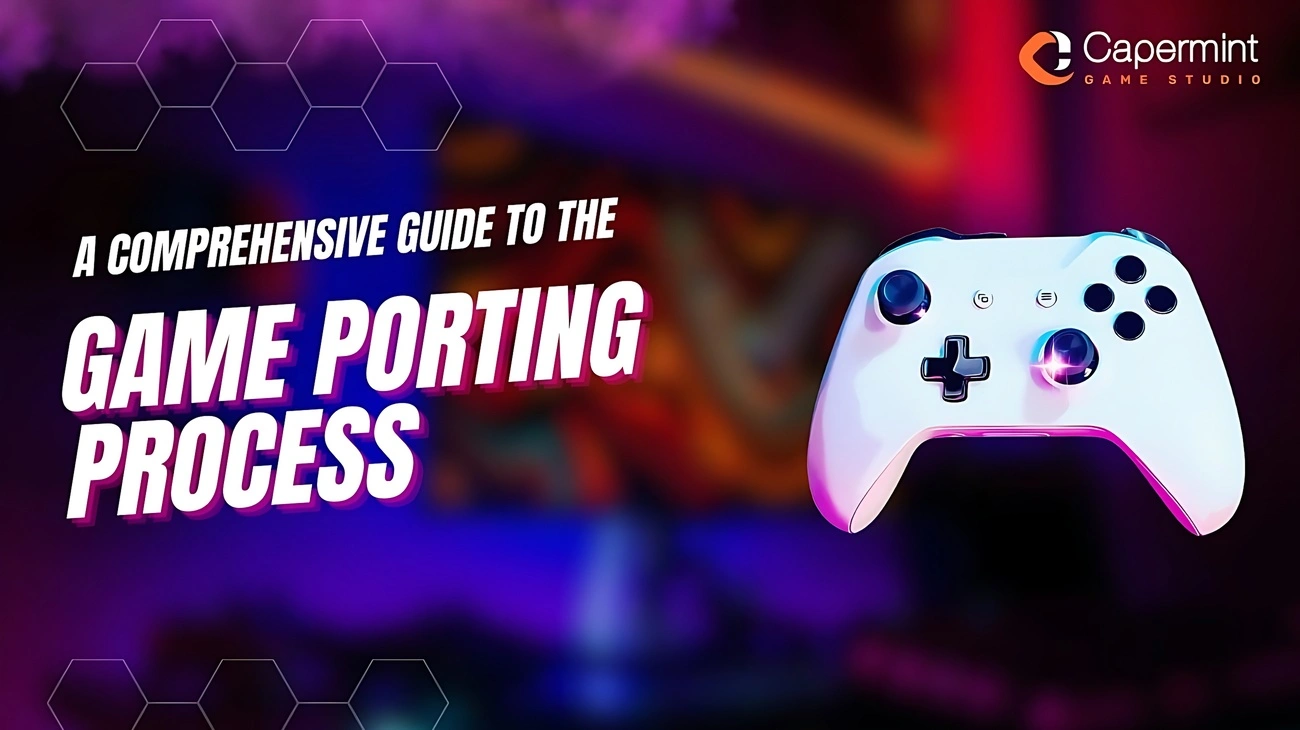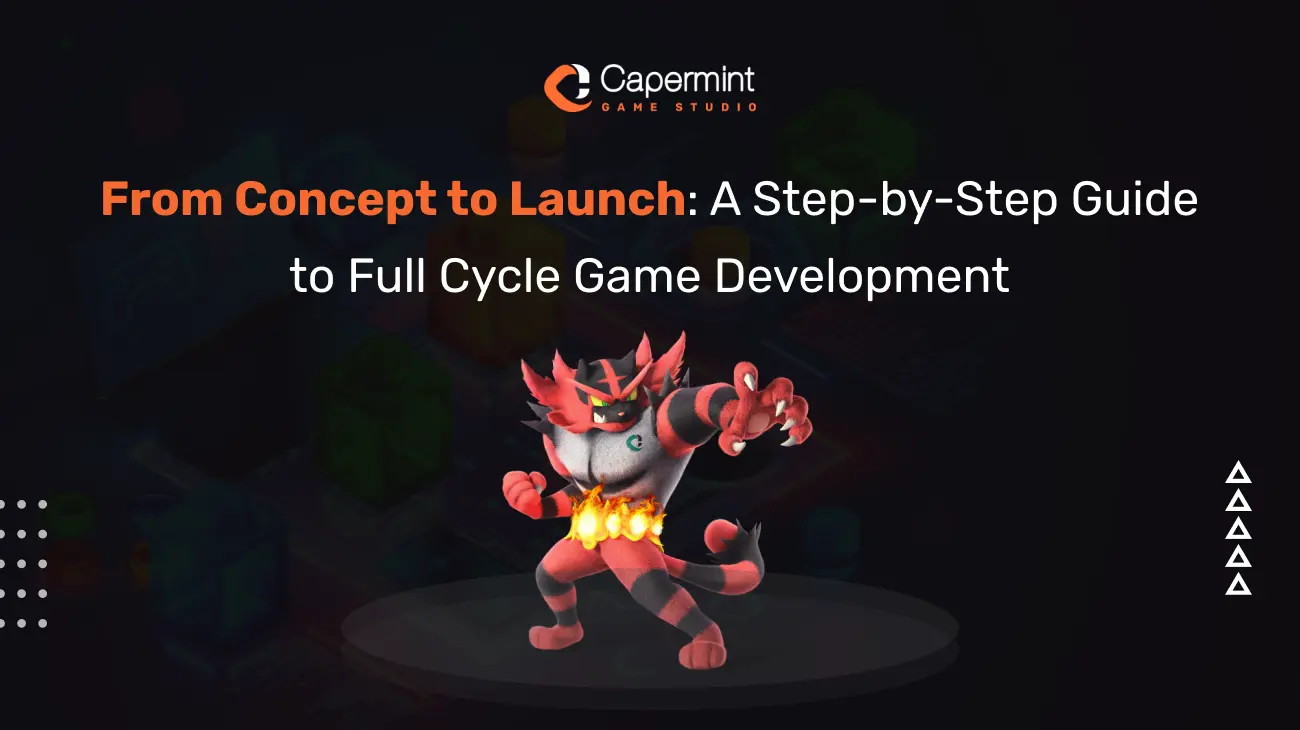
A Comprehensive Guide to the Game Porting Process
Introduction to Game Porting
Definition and Importance of Game Porting
Game porting is the process of adapting a video game for a different platform, such as a different console, PC, or mobile device. It involves making changes to the game’s code, assets, and controls to ensure that it runs smoothly and plays well on the new platform.
Game porting is important for a number of reasons. First, it allows game developers to reach a wider audience by making their games available on multiple platforms. Second, it can help to extend the lifespan of a game by giving it a second chance to succeed on a new platform. Finally, game porting can be a way for developers to experiment with new features and ideas.
Historical Perspective: Evolution of Game Porting in the Gaming Industry
Porting has been around since the early days of the video game industry. One of the earliest examples is the 1982 port of Atari’s Pac-Man to the ColecoVision console. The port was a huge success, and it helped to popularize the idea of game porting.
Over the years, game porting has become increasingly complex as video game technology has advanced. This is because different platforms have different hardware and software requirements. For example, a game developed for PC will need to be modified to run on a console, which has a different hardware architecture.
Significance of Game Porting in diverse Gaming Platforms
In today’s diverse gaming landscape, game porting is more important than ever before. Gamers now have a wide range of devices to choose from, including PCs, consoles, mobile devices, and even virtual reality headsets. Game developers need to be able to port their games to these different platforms in order to reach the widest possible audience.
What is Game Porting?
Game porting is the process of adapting a video game for a different platform. This involves making changes to the game’s code, assets, and controls to ensure that it runs smoothly and plays well on the new platform.
Key Components of Game Porting Process
The game porting process can be divided into three key components:
Game Assets and Files: The first step is to convert the game’s assets and files to a format that is compatible with the new platform. This may involve converting textures, audio files, and other data to a different format.
Source Code Modification: The next step is to modify the game’s source code to make it compatible with the new platform. This may involve making changes to the game engine, graphics library, and input system.
Platform-Specific Adaptations: Finally, the game developer needs to make any necessary platform-specific adaptations. This may involve changing the game’s controls, user interface, or other features to ensure that it plays well on the new platform.
Common Challenges in Game Porting
There are a number of challenges that game developers can face when porting their games to a new platform. Some of the most common challenges include:
Technical Constraints: Different platforms have different hardware and software capabilities. Game developers need to be careful to ensure that their game does not exceed the technical constraints of the new platform.
Compatibility Issues: Game developers also need to be aware of any potential compatibility issues. For example, a game developed for PC may not be compatible with all PC hardware configurations.
Graphics and Performance Optimization: Game developers need to optimize the game’s graphics and performance for the new platform. This may involve reducing the game’s resolution, simplifying the graphics, or using different rendering techniques.
Types of Game Porting
There are a number of different types of game porting. The most common types include:
Platform-to-Platform Porting: This is the most common type of game porting, and it involves porting a game from one platform to another. For example, porting a game from PC to console or vice versa.
Mobile to Console/PC Porting: This type of porting involves porting a game from a mobile device to a console or PC. This can be a challenging task, as mobile devices have different hardware and software capabilities than consoles and PCs.
Console to Mobile Porting: This type of porting involves porting a game from a console to a mobile device. This is often a simpler task than porting a game from mobile to console, as mobile devices are becoming more powerful and capable of running console-quality games.
Cross-Platform Porting: This type of porting involves porting a game to multiple platforms simultaneously. This can be a complex and time-consuming task, but it can allow game developers to reach the widest possible audience.
Step-by-Step Game Porting Process
The game porting process can be divided into the following steps:
Pre-Porting Preparation
The first step is to prepare for the porting process. This involves assessing the source code, evaluating the graphics and sound assets, and considering any legal and licensing considerations.
Assessing the Source Code: The game developer needs to assess the source code to identify any potential challenges. For example, if the code is too closely tied to the original platform, it may need to be rewritten.
Evaluating Graphics and Sound Assets: The game developer also needs to evaluate the game’s graphics and sound assets. Any assets that are not compatible with the new platform will need to be converted or replaced.
Legal and Licensing Considerations: Game developers need to be aware of any legal and licensing considerations that may apply to the porting process. For example, they may need to obtain permission from the original platform holder to port the game to a new platform.
Source Code Modification and Optimization
Once the pre-porting preparation is complete, the game developer can begin modifying and optimizing the source code. This involves making changes to the game engine, graphics library, and input system to make them compatible with the new platform.
Coding Languages and Frameworks: The game developer may need to learn new coding languages or frameworks in order to port the game to the new platform. For example, if the game was originally developed in C++, the developer may need to learn C# in order to port it to the Unity game engine.
Debugging and Error Handling: The game developer needs to thoroughly test the game code and fix any errors. This is important to ensure that the game runs smoothly and plays well on the new platform.
Graphics and Sound Adaptation
Once the source code has been modified and optimized, the game developer can begin adapting the game’s graphics and sound for the new platform. This may involve changing the game’s resolution, simplifying the graphics, or using different rendering techniques.
Resolution and Aspect Ratio Adjustments: The game developer may need to adjust the game’s resolution and aspect ratio to match the new platform. For example, a game that was originally developed for PC may need to be ported to a console that has a different screen resolution.
Audio Quality Enhancement: The game developer may also need to enhance the game’s audio quality for the new platform. For example, they may need to use a different audio library or format to get the best possible sound quality.
Testing and Quality Assurance
Once the game’s graphics and sound have been adapted, the game developer needs to thoroughly test the game to ensure that it runs smoothly and plays well on the new platform. This involves testing the game’s compatibility, user experience, and performance.
Compatibility Testing: The game developer needs to test the game on a variety of hardware and software configurations to ensure that it is compatible with the widest possible range of devices.
User Experience Testing: The game developer also needs to test the game’s user experience to ensure that it is easy to learn and play. This may involve testing the game’s controls, menus, and other features.
Bug Fixing and Iterative Testing: The game developer needs to fix any bugs that are found during testing. This may involve iterative testing to ensure that the bugs are actually fixed and that no new bugs are introduced.
Deployment and Release
Once the game has been thoroughly tested, the game developer can deploy and release it to the new platform. This may involve submitting the game to a platform holder for approval or releasing it independently.
Tools and Technologies in Game Porting
There are a number of tools and technologies that can be used in game porting. Some of the most common ones include:
Game Engines and Development Kits: Game engines and development kits provide a set of tools and libraries that can be used to develop games for a variety of platforms. Some popular game engines and development kits include Unity, Unreal Engine, and Godot.
Graphics and Sound Libraries: Graphics and sound libraries provide a set of functions and tools that can be used to render graphics and play audio in games. Some popular graphics and sound libraries include OpenGL, DirectX, FMOD, and Wwise.
Conclusion
Game porting is an important part of the gaming industry, and it allows developers to reach a wider audience and generate new revenue streams. However, game porting can be a complex and challenging process. This is where game porting studios can help.
Game porting studios have the expertise, resources, and experience to port games to a variety of platforms quickly and efficiently. If you are a game developer who is considering porting your game to a new platform, I encourage you to consider using a game porting studio.
Frequently Asked Questions (FAQs)
Which gaming platforms can games be ported to?
Games can be ported to a wide variety of gaming platforms, including personal computers (PCs), Game consoles, such as the PlayStation 5, Xbox Series X/S, and Nintendo Switch, Mobile devices such as smartphones and tablets, Virtual reality (VR) headsets, such as the Meta Quest 2 and HTC Vive, Augmented reality (AR) devices, such as the Magic Leap.
How long does the game porting process typically take?
The amount of time it takes to port a game to a new platform can vary depending on a number of factors, including the complexity of the game, the target platform, and the size of the development team. However, it is typically a time-consuming process, and it can take several months to port a game to a new platform.
What role do legal and licensing considerations play in game porting?
Game developers need to be aware of any legal and licensing considerations that may apply to the porting process. For example, they may need to obtain permission from the original platform holder to port the game to a new platform. They may also need to obtain licenses for any third-party assets that are used in the game.
Can cross-platform game porting affect gameplay mechanics?
Yes, cross-platform game porting can affect gameplay mechanics. For example, a game that was originally developed for PC may need to have its controls simplified in order to be playable on a mobile device. Additionally, some gameplay mechanics may not be possible to implement on certain platforms due to technical constraints.
How are bugs and compatibility issues addressed during the porting process?
Game developers typically address bugs and compatibility issues during the porting process by testing the game thoroughly on a variety of devices and fixing any errors that are found. This may involve iterative testing to ensure that the bugs are actually fixed and that no new bugs are introduced.


